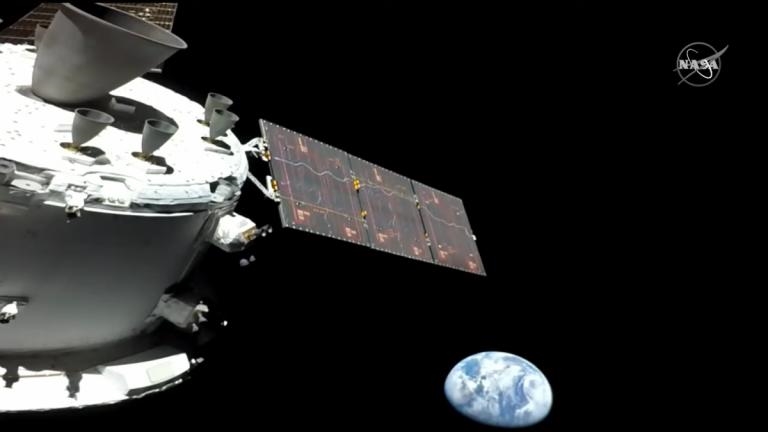NASA’s Orion crew vehicle successfully completes moon flyby
The Artemis 1 spacecraft was just 81 miles above the lunar surface at one point.
NASA’s Orion spacecraft has successfully completed one of the key maneuvers of its maiden journey: a flyby of the moon during which it got as close as 81 miles to the lunar surface. This was important for a few reasons, not least because it marked a critical test for the propulsion system.
Orion carried out four trajectory correction burns on its way to the moon, but this time around, the orbital maneuvering system engine fired for 2 minutes and 30 seconds. This accelerated Orion at a rate of more than 580MPH. At the time the burn started, the uncrewed spacecraft was traveling at 5,023MPH, 238 miles above the moon. Shortly after the burn, it was 81 miles above the lunar surface and it was traveling at 5,102MPH.

The flyby burn was one of two necessary maneuvers for Orion to enter its retrograde orbit around the moon. Next up is the distant retrograde orbit insertion burn, which is slated to take place on Friday at 4:52PM ET. Orion will remain in this orbit for around a week to test various systems, including guidance, navigation, communication, power and thermal control. Of note, the distant retrograde orbit will take Orion 40,000 miles past the moon. The spacecraft is scheduled to return to Earth on December 11th.
NASA will reveal more details about the flyby burn and offer updates on post-launch assessments for the Space Launch System rocket and Exploration Ground Systems (including the launch tower) at a press conference on Monday at 5PM ET. Meanwhile, engineers have been looking into RAM faults in the star tracker system, which have been resolved with power cycles. Another team examined an issue that has caused one of the eight service mobile units suppling solar array power to the crew module to open on a few occasions without a command. NASA says there have been no mission impacts as a result of these hiccups.
(21)
